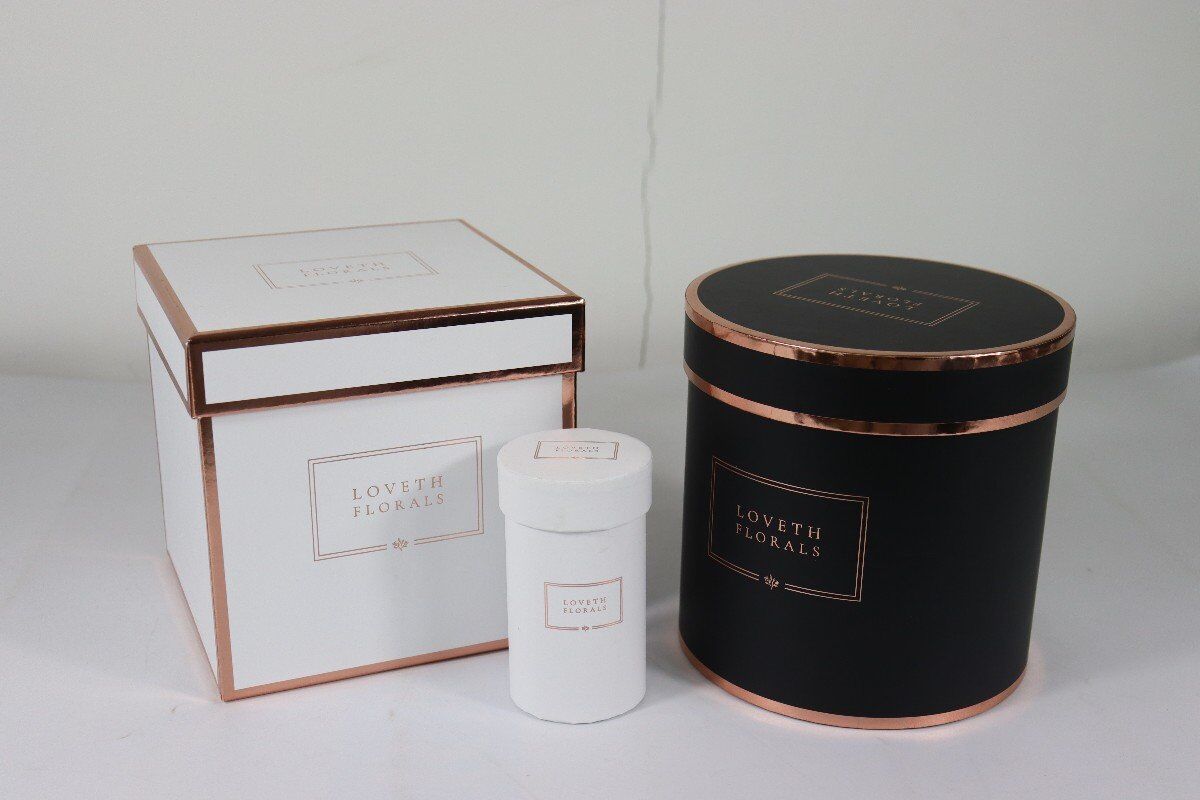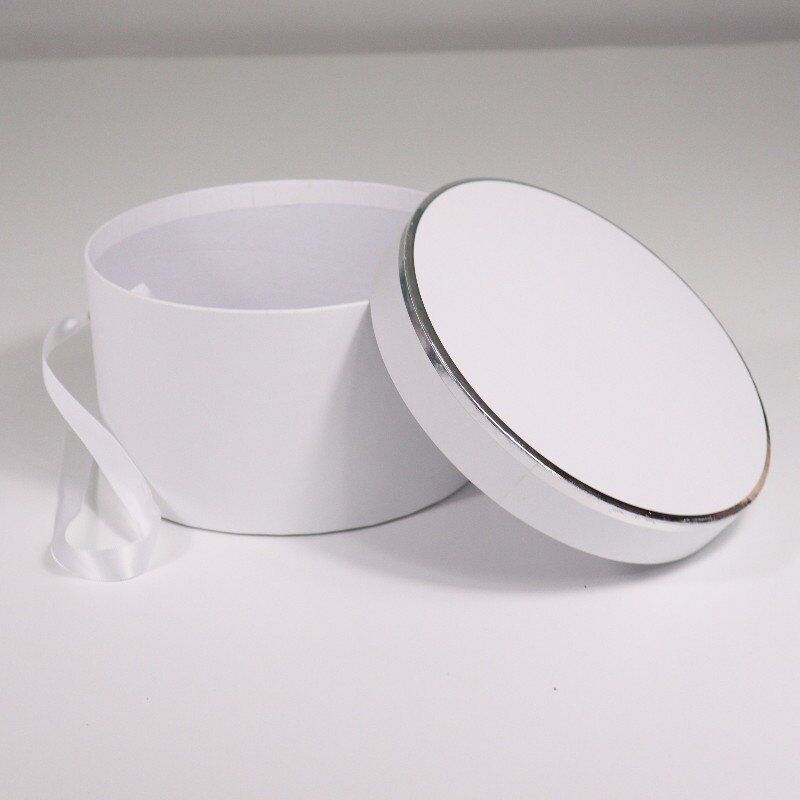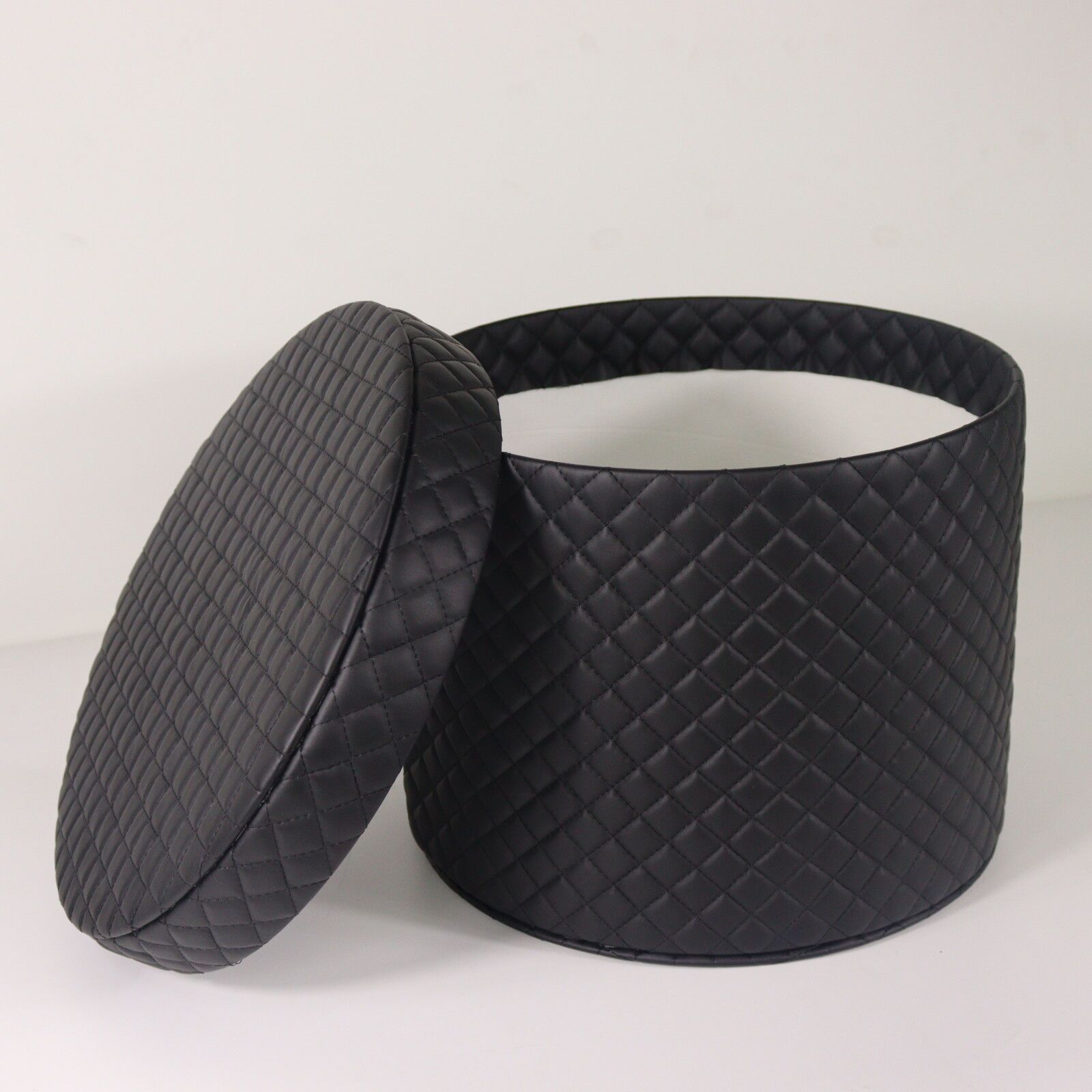- All
- Product Name
- Product Keyword
- Product Model
- Product Summary
- Product Description
- Multi Field Search
Views: 201 Author: XianDa Publish Time: 2024-12-26 Origin: Site

Content Menu
● Can You Put Soil Directly in a Flower Box?
● Filling Your Flower Box with Soil
● Innovative Flower Box Solutions
● Cost-Saving Tips for Large Containers
● Choosing the Right Flower Box
● Best Practices for Container Gardening
When it comes to creating beautiful floral displays in containers, one common question that arises is whether you can put soil directly into a flower box. The answer is yes, but there are some important considerations to keep in mind to ensure the health and longevity of your plants. In this comprehensive guide, we'll explore the best practices for filling flower boxes with soil, discuss the importance of proper drainage, and provide tips for successful container gardening.
The first step in preparing your flower box is selecting the appropriate soil. It's crucial to use potting soil specifically designed for container gardening rather than garden soil or topsoil[1]. Potting soil is lighter, provides better drainage, and contains essential nutrients for your plants.
When choosing potting soil, look for a mix that contains:
- Peat moss or coco coir for water retention
- Perlite or vermiculite for aeration
- Compost or aged bark for nutrients
- A slow-release fertilizer for long-term plant health

Many gardeners prefer using high-quality potting soils that are specifically formulated for container plants. Some popular options include:
- All-purpose potting soil
- Potting mix for vegetable gardens
- Herb garden soil mix
- Flower garden soil mix[3]
Before adding soil to your flower box, it's essential to ensure proper drainage. Here are the steps to prepare your container:
1. Check for drainage holes: Make sure your flower box has adequate drainage holes at the bottom.
2. Clean the container: If you're reusing an old flower box, clean it thoroughly to remove any debris or potential pathogens.
3. Add a drainage layer: Place a layer of materials at the bottom of the box to improve drainage.
For the drainage layer, you can use:
- Broken pottery shards
- Small rocks or pebbles
- Nonbiodegradable packing peanuts
- Old wine corks
This layer should be about 1-2 inches thick and will help prevent soil from clogging the drainage holes[2].
Now that your flower box is prepared, it's time to add the soil. Follow these steps for the best results:
1. Fill the box: Add potting soil to your flower box, leaving about 1/2 inch of space from the top.
2. Gently tamp down: Lightly press the soil to remove any air pockets.
3. Water thoroughly: Before planting, water the soil to help it settle[2].
Remember that the soil will settle over time, so it's better to fill the box almost to the top initially. This ensures that your plants have enough room for root growth and prevents water from spilling over the edges when watering.
Once your flower box is filled with soil, you're ready to add your plants. Here are some tips for successful planting and maintenance:
- Choose plants with similar light and water requirements.
- Space plants appropriately to allow for growth.
- Water regularly, but avoid overwatering.
- Fertilize every 3-6 weeks during the growing season[2].
While traditional flower boxes are popular, there are innovative solutions available in the market that cater to different needs. For instance, some flower paper box suppliers offer unique designs that combine aesthetics with functionality.
One such innovation is the Pop & Go Floral Box, which sets up in less than 5 seconds and provides a spill-proof way to transport floral arrangements. These boxes are perfect for florists and customers alike, offering a convenient solution for flower delivery and transportation.
For businesses looking to enhance their brand image, custom flower boxes are an excellent option. Many flower paper box suppliers offer customization services, allowing you to create unique packaging that reflects your brand identity.
These custom boxes can be designed with various features such as:
- Clear windows to showcase the flowers
- Handles for easy carrying
- Unique shapes and sizes to fit specific arrangements
As sustainability becomes increasingly important, many flower paper box suppliers are offering eco-friendly packaging options. These may include:
- Recyclable materials
- Biodegradable coatings
- Soy-based inks for printing
By choosing environmentally friendly packaging, you can reduce your carbon footprint while still providing beautiful presentation for your flowers.
If you're working with large flower boxes or planters, filling them entirely with potting soil can be expensive. Here's a cost-effective method to reduce the amount of soil needed:
1. Fill the bottom third of the container with empty plastic bottles or containers.
2. Cover these with landscape fabric or a permeable material.
3. Fill the remaining space with potting soil.
This method not only saves money but also makes the container lighter and easier to move[1].
When selecting a flower box, consider factors such as:
- Material (plastic, wood, ceramic, etc.)
- Size and depth
- Drainage capabilities
- Aesthetic appeal
Many flower paper box suppliers offer a wide range of options to suit different needs and preferences. Whether you're looking for a classic window box or a modern, self-watering planter, there's a solution for every gardener.
To ensure the success of your flower box garden, follow these best practices:
1. Use a quality potting mix: Never use soil from your yard. Purchase a quality potting mix designed for container gardening[10].
2. Ensure proper drainage: Make sure your flower box has adequate drainage holes to prevent waterlogging[8].
3. Choose the right size box: Select a container that provides enough space for your plants' root systems to grow[8].


4. Water appropriately: Container plants typically need more frequent watering than in-ground plants. Water thoroughly until water drips from the bottom of the container[10].
5. Fertilize regularly: Container plants deplete nutrients more quickly, so regular fertilization is essential for healthy growth[2].
6. Monitor for pests and diseases: Regularly inspect your plants for signs of pests or diseases, and take action promptly if any issues arise.
7. Provide adequate sunlight: Place your flower box in a location that receives the appropriate amount of sunlight for the plants you've chosen[5].
8. Consider companion planting: Group plants with similar needs together to maximize space and create visually appealing combinations[5].
9. Mulch the soil surface: Add a layer of mulch to help retain moisture and regulate soil temperature[10].
10. Replace soil periodically: Over time, potting soil breaks down and loses its structure. Consider replacing the soil in your flower box every two years or so[4].
By following these guidelines and tips, you can successfully plant directly in your flower box and create stunning floral displays. Remember to choose high-quality potting soil, ensure proper drainage, and maintain your plants regularly for the best results.
Whether you're a hobbyist gardener or a professional florist, understanding the basics of container gardening and working with reputable flower paper box suppliers can help you achieve beautiful and long-lasting floral arrangements. With the right care and attention, your flower box garden will thrive, adding color and life to your home or business throughout the growing season.
Citations:
[1] https://www.reddit.com/r/gardening/comments/fo64zd/best_soil_mixture_for_elevated_planter_boxes/
[2] https://anextraordinaryday.net/how-to-plant-a-window-box-garden-tutorial-planting-tips/
[3] https://www.gardenersbasics.com/tools/blog/what-is-the-best-soil-for-container-gardening
[4] https://blackgold.bz/how-often-should-i-replace-my-window-box-soil/
[5] https://www.carmenjohnstongardens.com/blog/carmens-guide-to-your-best-window-box
[6] https://earthbox.com/blog/what-is-the-best-soil-for-container-gardening
[7] https://www.provenwinners.com/learn/bigger-really-better-tips-container-gardening
[8] https://learn.eartheasy.com/articles/5-easy-tips-for-gardening-in-planter-boxes/
[9] https://brownthumbmama.com/soil-for-container-garden/
[10] https://durhammastergardeners.com/2018/04/25/best-practices-for-container-gardening/